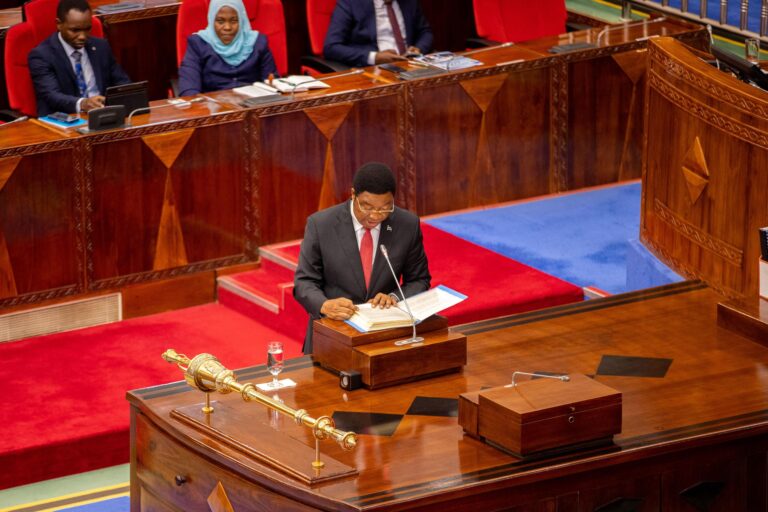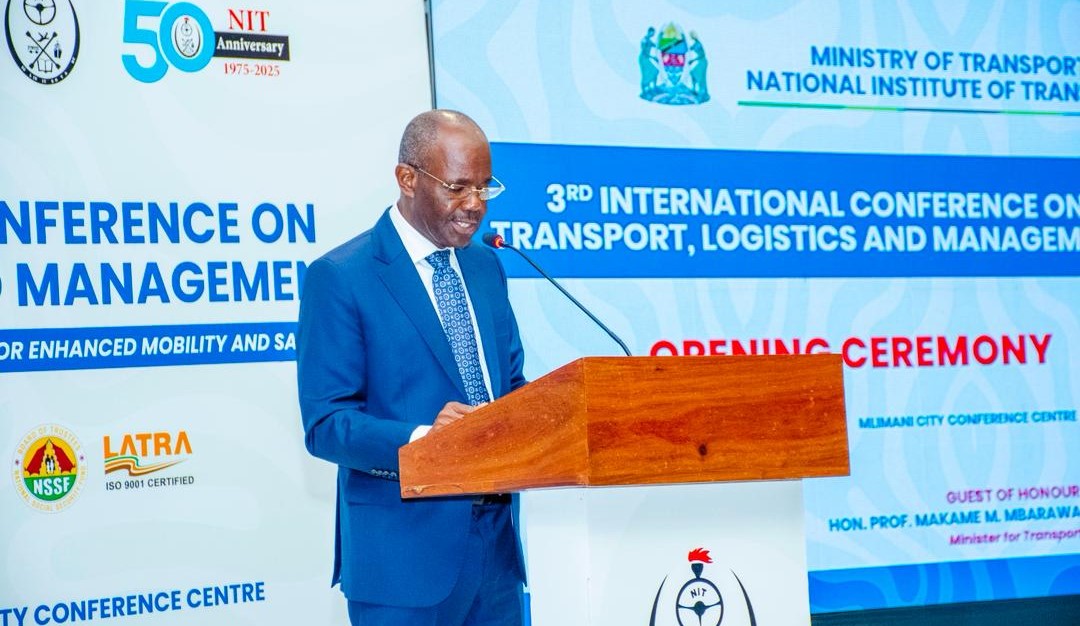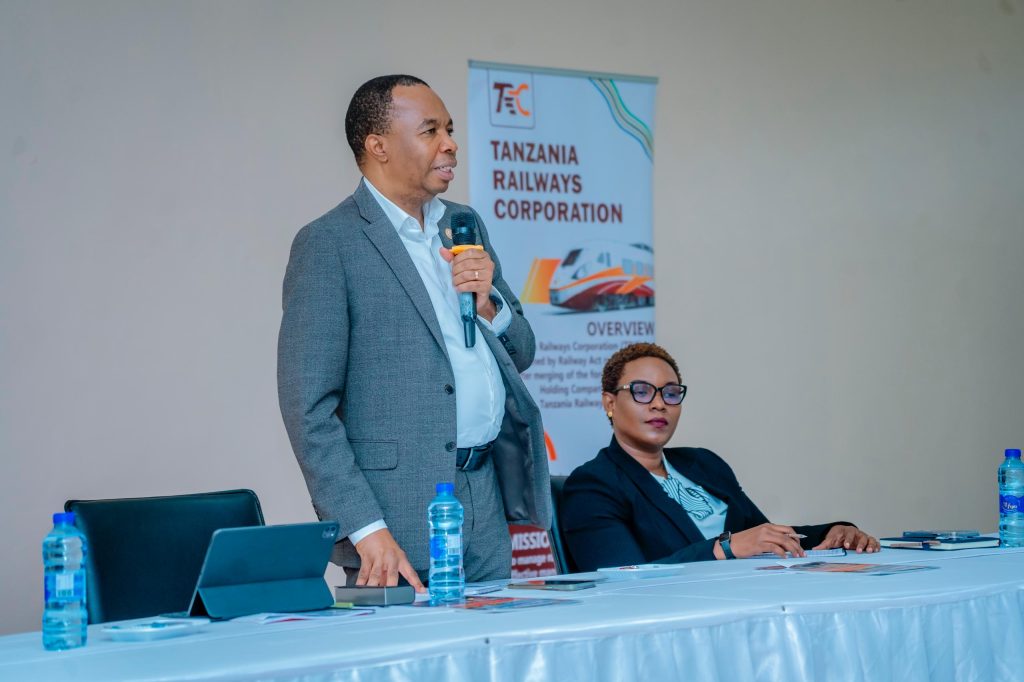Dodoma. Tanzania can now feed a total of 4,031.7 megawatts into the national grid, following the completion of the Julius Nyerere Hydroelectric Power Plant (JNHPP), Prime Minister Kassim Majaliwa has said.
Presenting the 2025/26 budget speech for the Prime Minister’s Office in Parliament in Dodoma on April 9, Mr Majaliwa said 2,115MW from the Sh6.6 trillion JNHPP were connected to the grid in March 2025 after the project was completed—making Tanzania significantly power-rich.
“By March 2025, a total of 2,115 megawatts had been connected to the national grid, thereby raising the grid’s total electricity capacity to 4,031.7 megawatts,” Mr Majaliwa said.
The completion of the JNHPP positions the country to meet its ambitious target of generating 5,000MW of electricity by the end of this year.
It also offers Tanzania an opportunity to play a key role as a regional electricity hub within both the Eastern Africa Power Pool (EAPP) and the Southern Africa Power Pool (SAPP).
Construction of the project, located in Rufiji District, commenced in 2019.
In Parliament yesterday, Mr Majaliwa further said that between November 2020 and February 2025, the government connected electricity to 4,071 villages at a cost of Sh1.593 trillion—bringing power access to all 12,318 villages in mainland Tanzania.
“The next step, following completion of the village electrification project, is to extend electricity to sub-villages. So far, 33,657 out of 64,359 sub-villages—equivalent to 52.3 percent—have been connected to electricity,” he said.
Electrification of villages and sub-villages will enable citizens to fully engage in economic activities that require electricity, including welding, carpentry, grain milling, and mineral processing.
The official announcement of JNHPP’s completion was made by the Deputy Prime Minister and Minister for Energy, Dr Doto Biteko, on April 5 during an inspection tour of the project.







